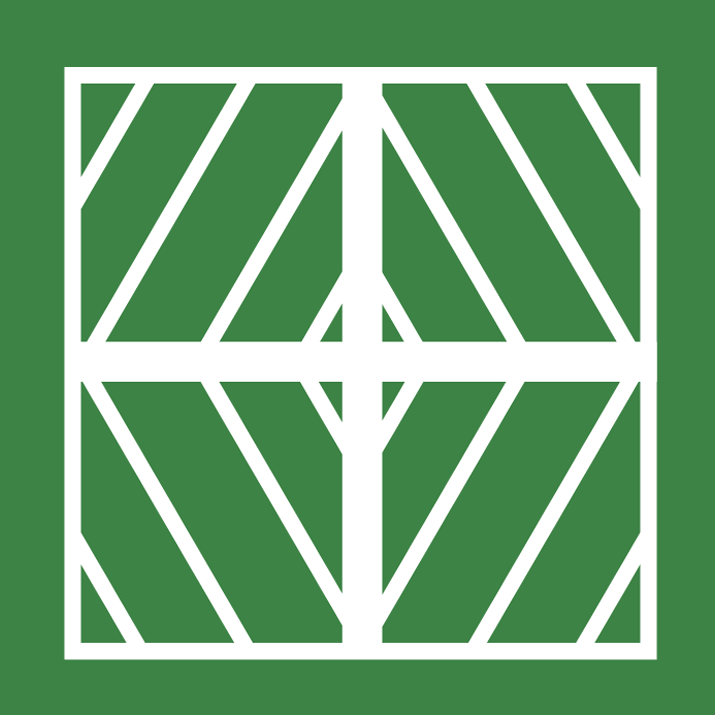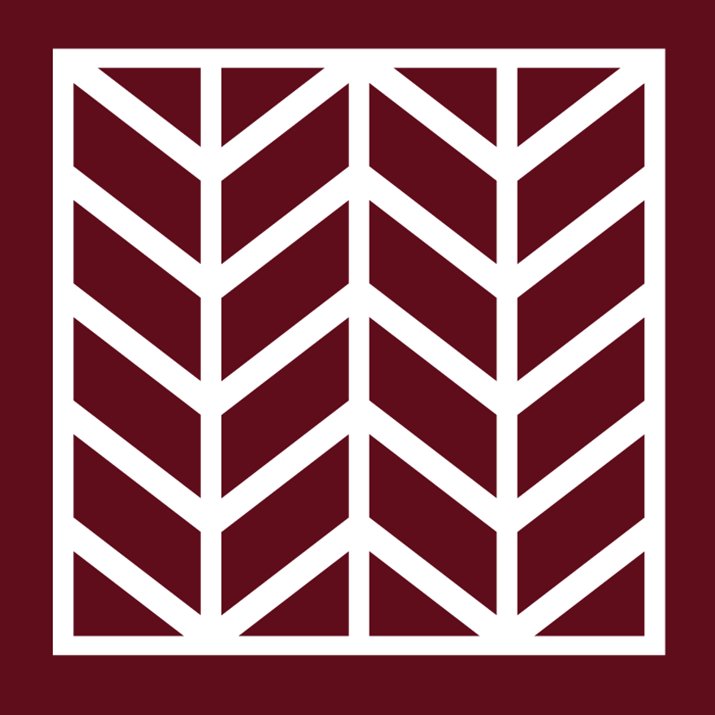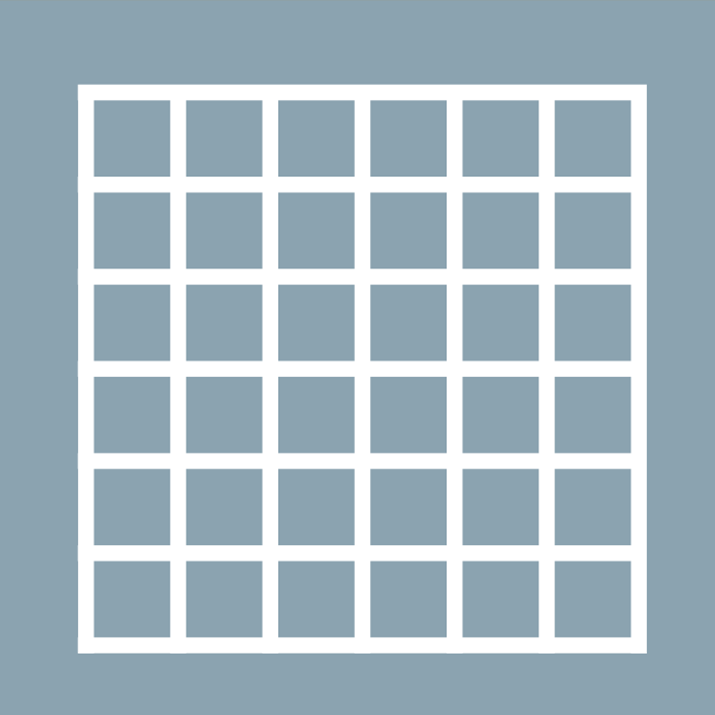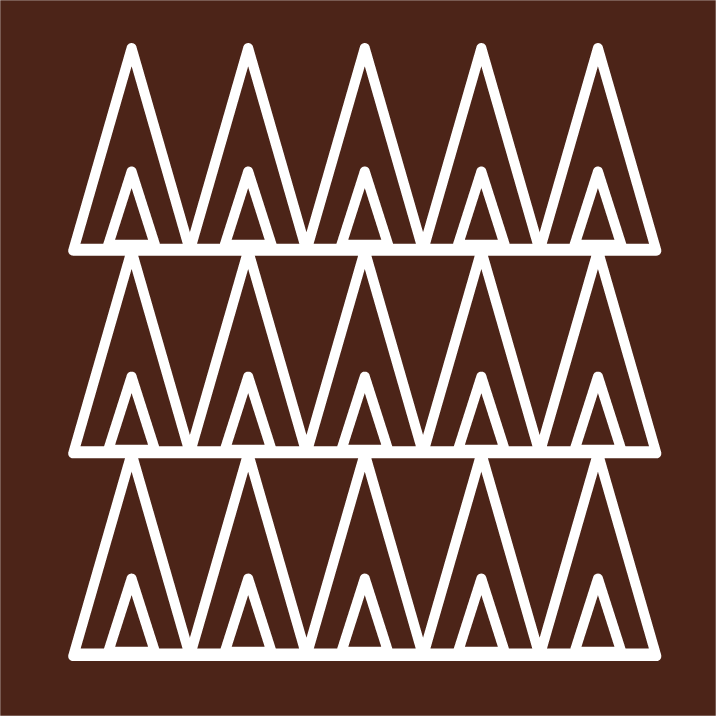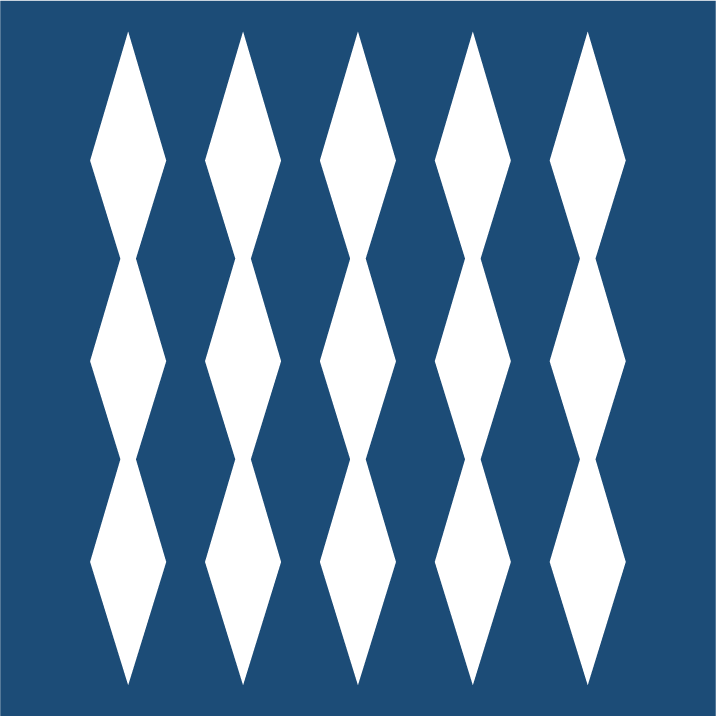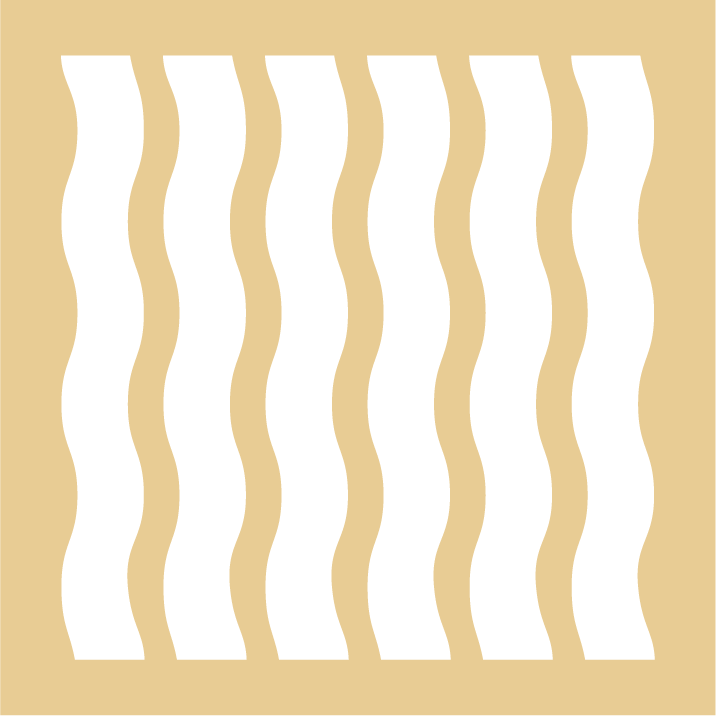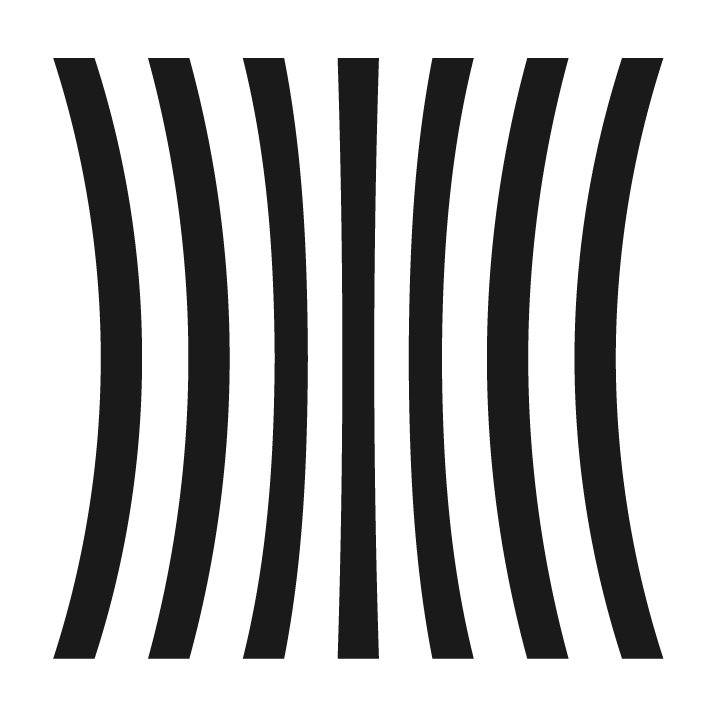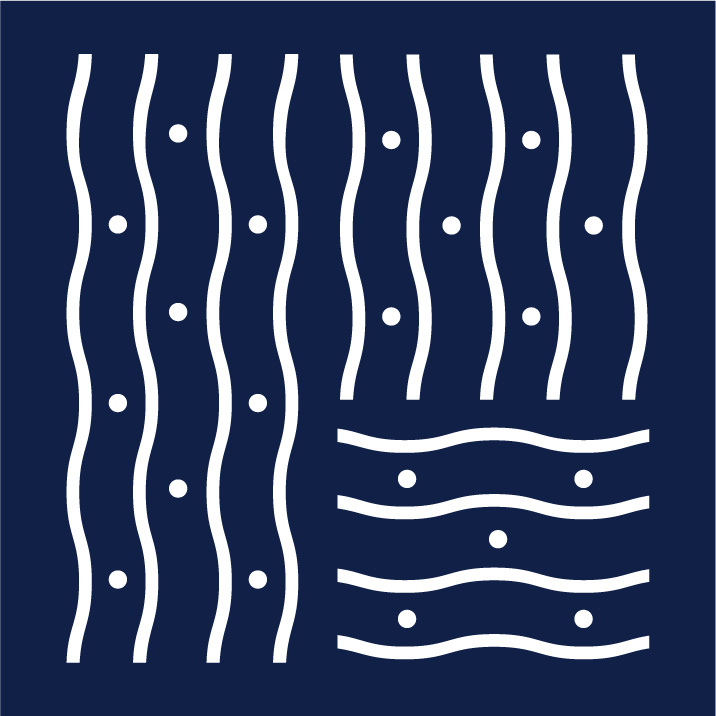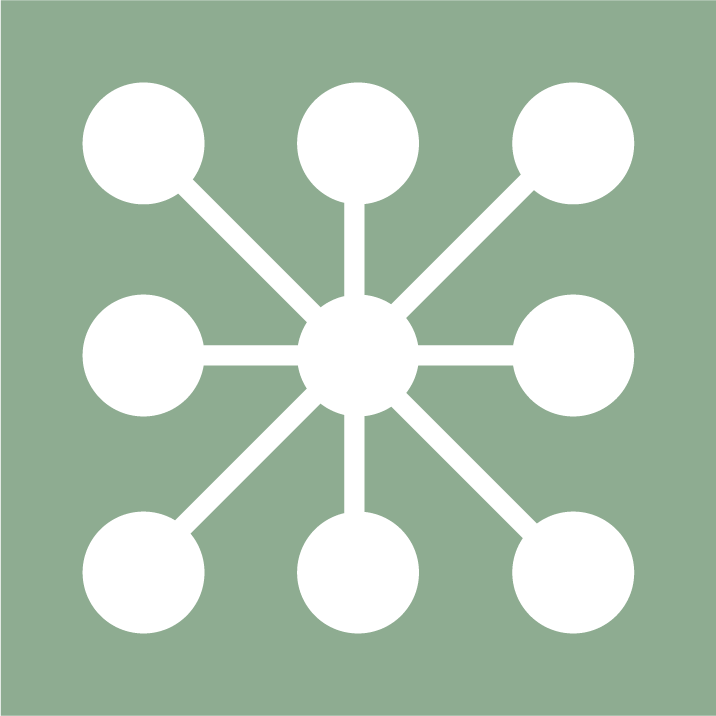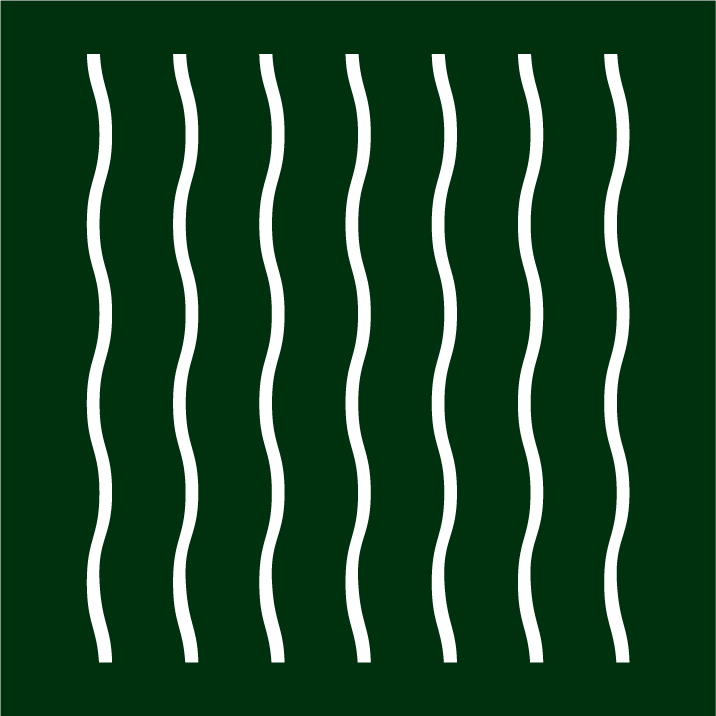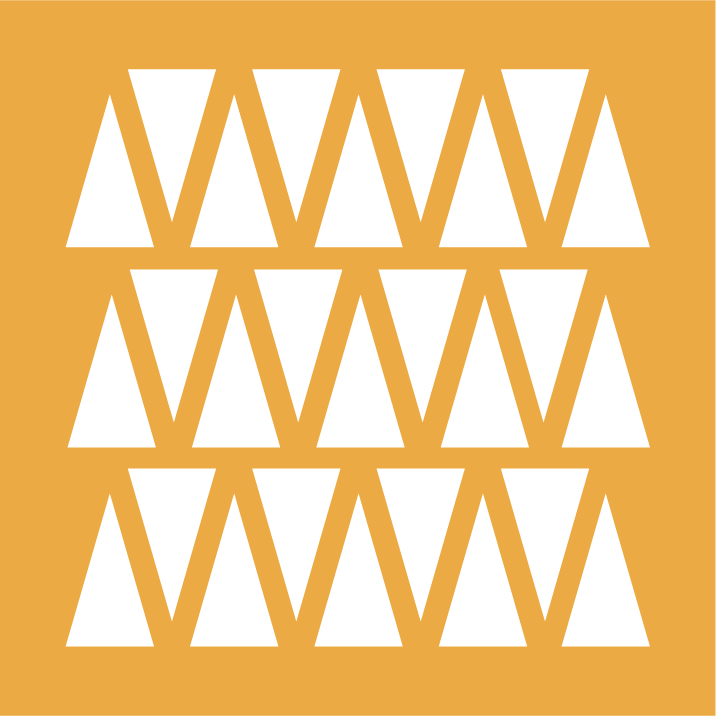Explore The Clans
The paintings in this exhibition are family. They belong to a system we call Gurruṯu, which unites everything in the universe. Every place, every person, every animal, everything has Gurruṯu. As you look through the works in this exhibition, these groups might appear separate, but they are all connected by songlines, ceremony, and kinship. We work together to keep the Gurruṯu system strong.
– WUKUṈ WAṈAMBI
The foundation of Yolŋu life is a system known as Gurruṯu. Gurruṯu is a complex network of family relationships that connect all people, places and things. Everyone and everything in the Yolŋu universe belongs to belongs to one of two complementary halves called moieties: Yirritja or Dhuwa. Within these halves, everyone belongs to a family group referred to as their bäpurru or clan. Clans are exogamous, meaning a person must marry someone from a different clan than their own. People belong to the clan of their father, but inherit many of their most important relationships through their mother's line.
Clan members are described as wäŋa-wataŋu, meaning people who belong to, and share ownership of, the same place and its ancestral songs, dances and designs. Much like Scottish tartans, different clans identify themselves with different patterns. These patterns were laid on the earth by powerful ancestral beings during the waŋarr (creation times).
Click on each icon to learn more about each clan and their madayin mint'tji (sacred designs). Look for similarities in the patterns used by each clan.
